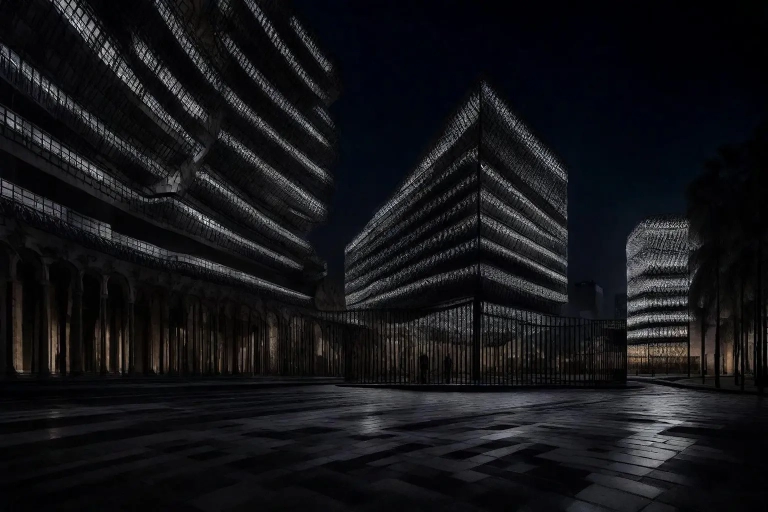Introduction
In the realm of urban design and architecture, night architecture is a term that often goes unnoticed. Yet, it plays a pivotal role in shaping the nocturnal beauty of our cities. From the shimmering lights of skyscrapers to the subtle glow of historical landmarks, night architecture creates a breathtaking spectacle. In this article, we delve into the intricacies of night architecture, shedding light on its importance, aesthetics, and environmental impact.
What is Night Architecture?
Night Architecture is an art that involves the strategic placement of lighting elements to enhance the visual appeal and functionality of buildings and public spaces during the night. It’s the delicate balance between illuminating the darkness and preserving the mystery of the night.
The Role of Night Architecture
Enhancing Aesthetics
The aesthetics of night architecture are awe-inspiring. When well-executed, it can turn a mundane structure into a work of art. The interplay of light and shadow adds depth and dimension, revealing intricate details that often go unnoticed during the day.
Promoting Safety
One of the most practical aspects of night architecture is its contribution to safety. Well-lit streets, parks, and public spaces deter crime and accidents, making cities more secure for their residents.
Fostering a Sense of Community
Night architecture brings people together. Festive lighting during holidays, for instance, fosters a sense of community and togetherness. It’s a way to celebrate the uniqueness of a place and its culture.
Supporting Local Economy
Illuminated landmarks and vibrant nightlife areas draw tourists and locals alike, boosting the local economy. This economic growth can be a game-changer for businesses in the area.
Sustainability in Night Architecture
Night architecture isn’t just about aesthetics; it’s also about sustainability. With the global focus on reducing energy consumption, many cities are transitioning to energy-efficient lighting solutions. LED lights, for example, have become a popular choice due to their low energy consumption and long lifespan.
Night Architecture and Environmental Impact
Light Pollution
While night architecture can be captivating, it also raises concerns about light pollution. Excessive artificial lighting can disrupt ecosystems, affect human sleep patterns, and obscure celestial views. Therefore, architects and city planners need to strike a balance between showcasing beauty and preserving the natural environment.
Urban Heat Island Effect
In some cases, excessive lighting can contribute to the urban heat island effect, where cities become significantly warmer than their surrounding rural areas. This can have far-reaching consequences on energy consumption and climate change.
FAQs
Q: How do architects choose the right lighting for night architecture? A: Architects consider factors such as the building’s purpose, location, and the desired atmosphere when choosing lighting. Energy efficiency is also a key consideration.
Q: Is night architecture only for modern buildings? A: Not at all. Night architecture can enhance the beauty of both modern and historical buildings. In fact, it’s a common practice for illuminating historical landmarks.
Q: What are some famous examples of night architecture? A: The Eiffel Tower in Paris, the Sydney Opera House, and the Burj Khalifa in Dubai are renowned for their spectacular night architecture.
Q: How can we reduce light pollution in night architecture? A: Using shielded lights, directing light downwards, and implementing light curfews are some strategies to reduce light pollution.
Q: Can night architecture be sustainable? A: Yes, many cities are embracing sustainable lighting solutions to reduce energy consumption and environmental impact.
Q: Is night architecture limited to urban areas? A: Night architecture can be applied in rural areas as well, with a focus on preserving the natural night sky while enhancing the aesthetic appeal of structures.
Conclusion
Night architecture is a captivating field that marries art, functionality, and environmental responsibility. As our cities evolve, so does the significance of night architecture. It transforms our urban landscapes into dazzling works of art, providing both a sense of security and a source of inspiration. By embracing sustainability and mindful design, we can enjoy the beauty of the night without compromising our planet. Night architecture truly illuminates the beauty of the dark.







